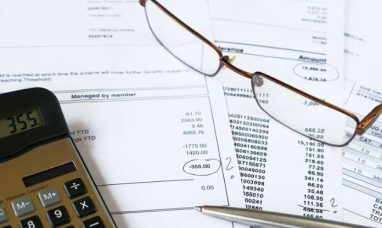April’s retail sales in the U.S. remained flat, failing to meet Wall Street’s expectations and raising concerns about consumer spending in the face of persistent inflation and rising interest rates, according to the Commerce Department. This represents a slowdown from the 0.6% growth observed in March, with economists previously anticipating a 0.4% increase for April based on Bloomberg data.
Tim Quinlan, a senior economist at Wells Fargo, noted that the lack of growth in retail sales does not necessarily indicate that consumers are depleting their resources, but it does suggest a pause in the previously seen robust consumer activity. When excluding autos and gas, retail sales actually fell by 0.1%, contrary to the expected modest growth.
Nonstore retailers, encompassing online sales, experienced the most significant declines, dropping by 1.2%. Similarly, sporting goods and hobby stores saw a 0.9% decrease. On the other hand, clothing and accessories stores enjoyed a rise of 1.6%, and gasoline sales increased by 3.1%.
Quinlan pointed to specific events such as an early Easter and a sales event by Amazon (NASDAQ:AMZN) in March that may have temporarily boosted sales figures, making the April downturn seem more pronounced.
Further economic indicators released on Wednesday showed a cooling in the Consumer Price Index for April, which could influence the Federal Reserve’s approach to interest rates. Kathy Bostjancic, chief economist at Nationwide, remarked that the subdued CPI and weak retail sales might support a potential rate cut by the Fed in September.
This retail sales report comes amidst other signs of a slowing economy, including lower than expected job additions in April, an unexpected rise in unemployment, and reduced wage growth. Michael Pearce, deputy chief U.S. economist at Oxford Economics, commented that although consumer spending is slowing due to high interest rates and a cooling labor market, the overall economic slowdown is expected to be gradual. This scenario allows the Federal Reserve to prioritize incoming inflation data in their rate decisions.
Featured Image: Freepik









